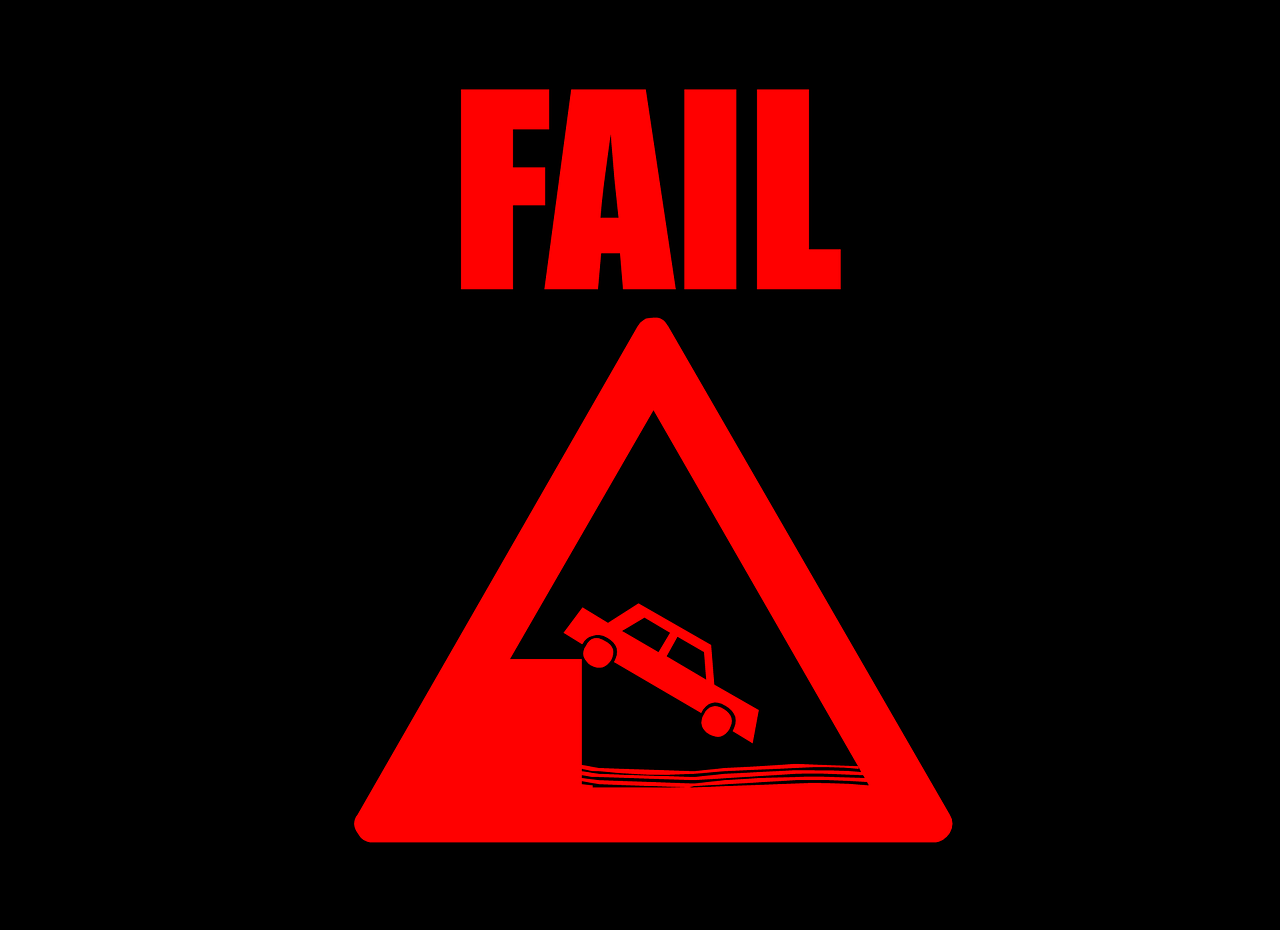Title: The Application of PLC Controller in Venetian Blinds
PLC controllers have found their application in Venetian blinds, providing a more automated and efficient way to control the blinds. The PLC controller can receive input from various sources, such as a sensor or a manual input, and process it to determine the appropriate action to take. It can then send output signals to the Venetian blinds to control their movement, providing a seamless and controlled experience.Moreover, PLC controllers can also interface with other devices, such as smartphones or voice assistants, allowing users to control their Venetian blinds remotely or even via voice commands. This adds another level of convenience and accessibility to the blinds, making them even more user-friendly.Overall, the application of PLC controllers in Venetian blinds provides an efficient, automated and user-friendly way to control these window coverings. From a simple manual input to complex sensor-based automation, PLC controllers are changing the way we interact with our Venetian blinds.
Venetian blinds, also known as horizontal blinds, are a type of window dressing that has been popular for many years. They consist of a series of horizontal slats, which can be adjusted to control the amount of light entering a room. In recent years, with the development of technology, PLC controllers have been applied to Venetian blinds to provide users with a more intelligent and convenient way to control their blinds.
PLC, or Programmable Logic Controller, is a digital computer that can be programmed to control and monitor the operation of machinery or equipment. In the case of Venetian blinds, PLC controllers can be used to control the movement of the blind slats, as well as to monitor the position of the blinds and any changes in light conditions.
One of the main advantages of using PLC controllers in Venetian blinds is that it allows for precise control over the amount of light entering a room. By programming the PLC to adjust the position of the blind slats based on the time of day or the level of sunlight, users can create a more comfortable and energy-efficient environment. For example, in the morning when the sun rises, the PLC can automatically adjust the blinds to let in more light, and in the evening when the sun sets, it can move the blinds to a more closed position to reduce heat loss.

Another advantage of PLC controllers in Venetian blinds is that they provide a higher level of automation and efficiency. Traditional Venetian blinds require manual adjustment, which can be time-consuming and inconvenient. By contrast, PLC controllers enable users to set schedules or triggers that automatically adjust the blinds based on predefined conditions. This not only improves efficiency but also reduces human error, ensuring that the blinds are always adjusted to the most optimal position.
Moreover, PLC controllers in Venetian blinds also offer better monitoring capabilities. Many modern PLC systems come equipped with built-in sensors that can monitor various parameters, such as light levels, temperature, and humidity. This allows users to have a more comprehensive understanding of their environment and to make adjustments accordingly. For example, if the light levels in a room are too high, the PLC can automatically move the blinds to a more closed position to reduce the amount of light entering the room.
However, it is important to note that while PLC controllers in Venetian blinds offer many advantages, they also come with some challenges. One major challenge is cost. The initial investment in PLC controllers may be higher than traditional methods of controlling Venetian blinds. However, in the long run, the efficiency and automation benefits of PLC controllers are likely to outweigh the initial cost. Additionally, there is also a learning curve associated with programming and troubleshooting PLC systems, which may require some time and effort from users.
In conclusion, PLC controllers in Venetian blinds provide a modern and technology-driven solution for controlling window dressings. They offer precise control over light conditions, increased automation and efficiency, as well as better monitoring capabilities. While there are some initial challenges associated with cost and learning curve, these are likely to be outweighed by the long-term benefits of using PLC controllers in Venetian blinds.
Articles related to the knowledge points of this article:
Wireless PLC Controllers: The Next Generation of Automation Technology
PLC Controllers: Types and Applications
Title: Guangzhou Delta PLC Controller: A Detailed Review
PLC Unassigned Controller in the Midst of a Journey